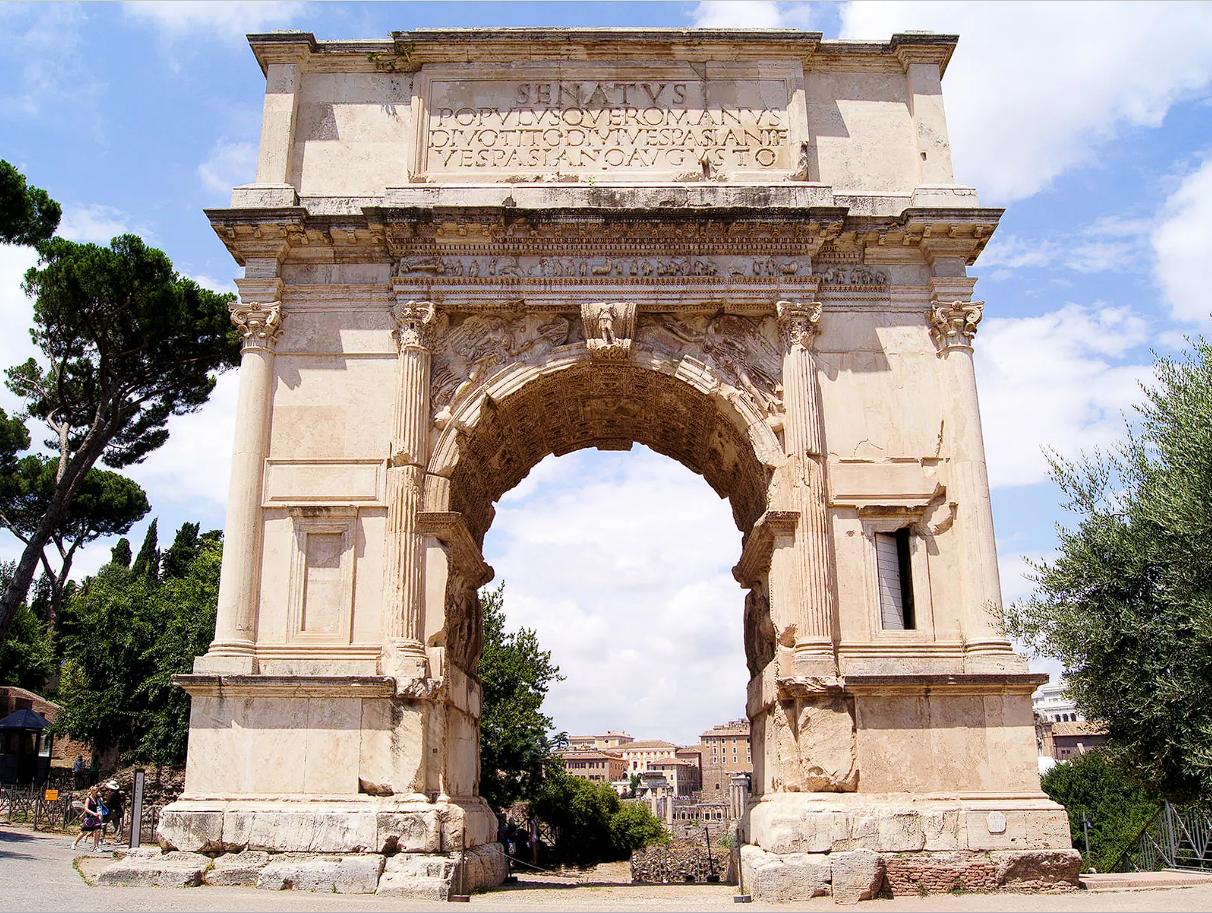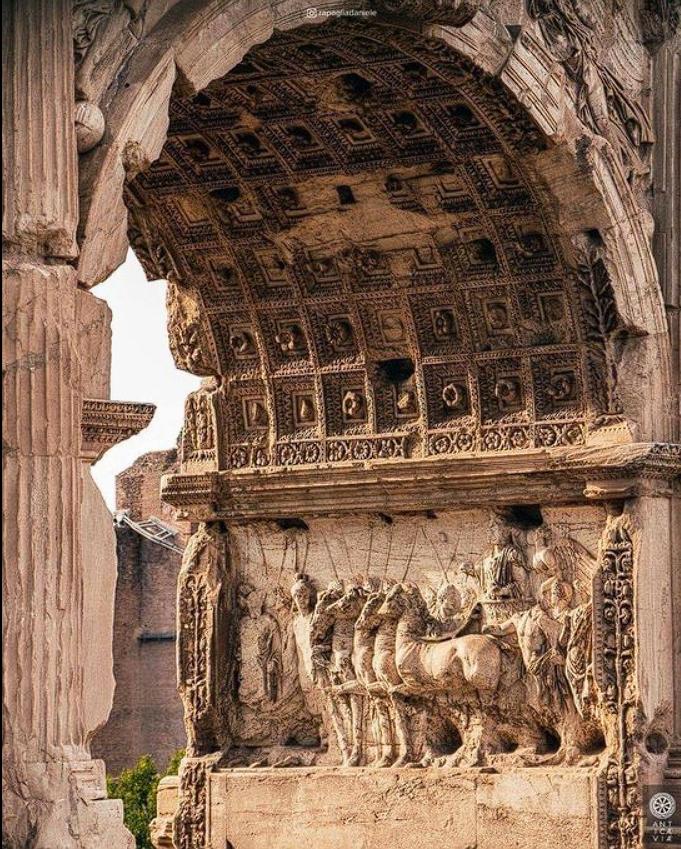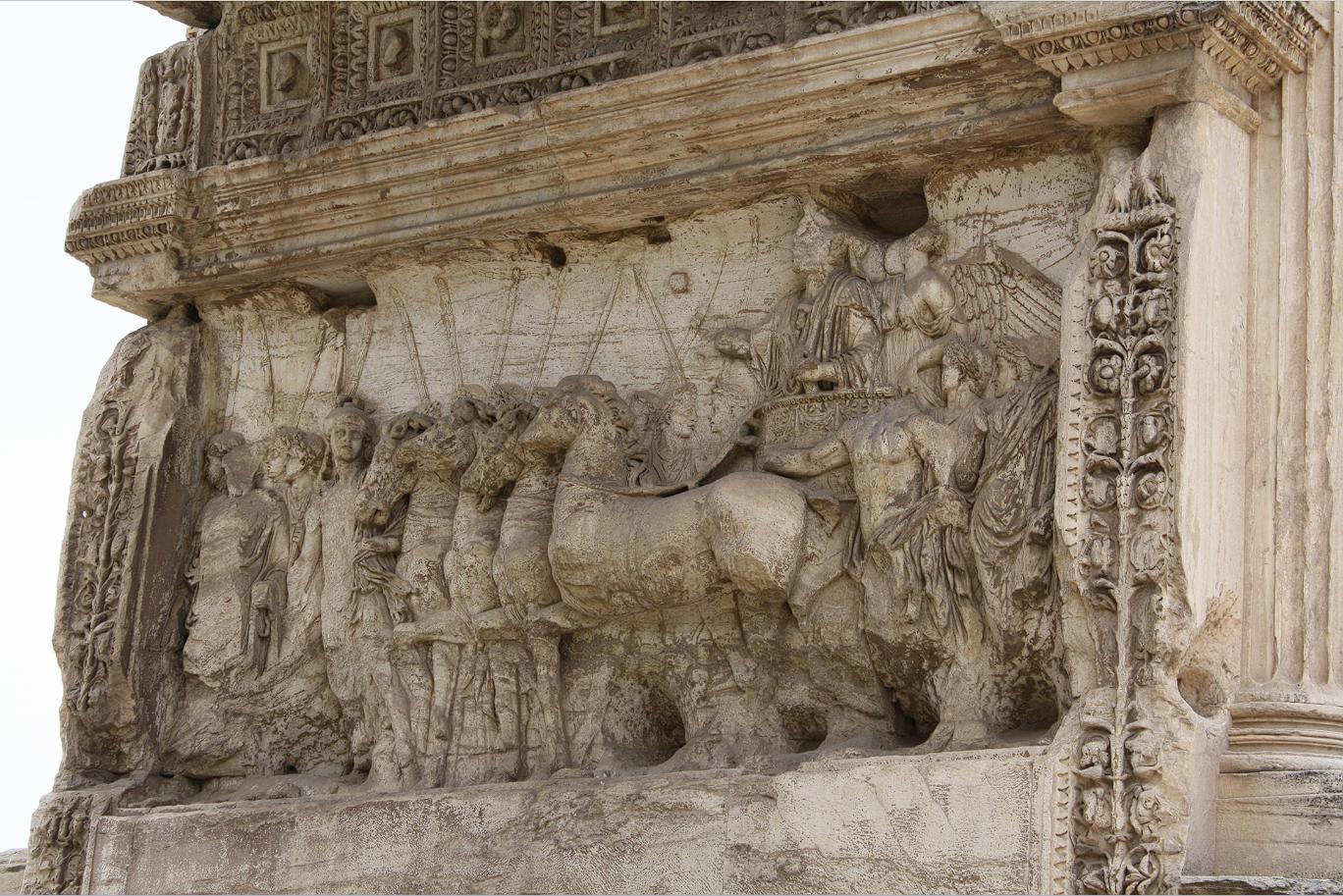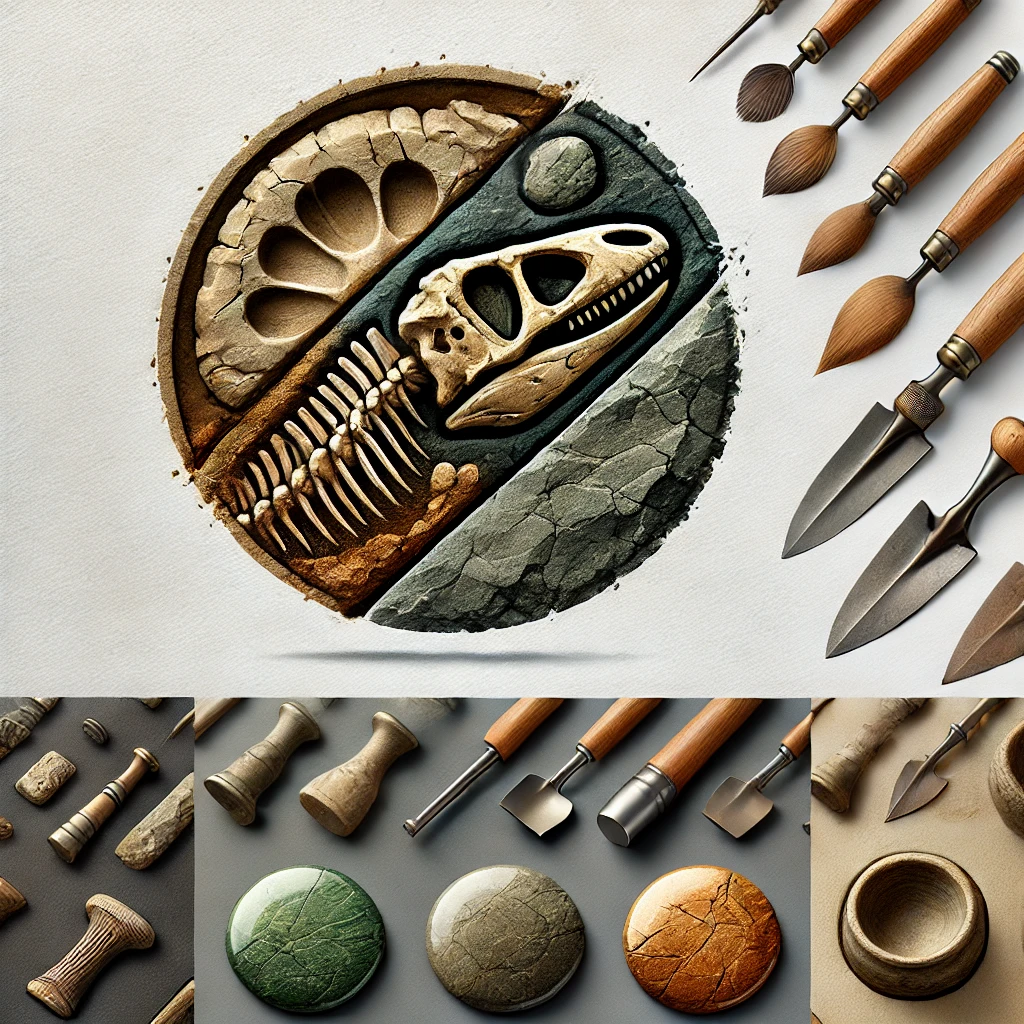The Arch of Titus in Rome: Imperial Glory and the Shadows of War
In the heart of ancient Rome, just southeast of the Colosseum, stands a monument that has watched emperors rise and empires fall. The Arch of Titus—weathered by time, yet striking in presence—tells a story that spans triumph, grief, and the power of imperial propaganda.
Built over 1,900 years ago, this solitary arch was not just a gateway. It was a message carved in marble: Rome wins, and the world should remember it.
A Monument Born of Victory
The Arch of Titus was erected in 81 CE by the Emperor Domitian to honor his older brother, Titus, and his military success in the Siege of Jerusalem in 70 CE. This brutal campaign, carried out during the First Jewish–Roman War, culminated in the destruction of the Second Temple—one of the most sacred sites in Judaism.
The Roman legions returned home in triumph. And to immortalize that triumph, the Senate and the people of Rome inscribed it into stone.
Architecture That Speaks
Measuring 15 meters tall and made of white marble, the arch is a textbook example of Roman triumphal architecture. But it’s the reliefs inside that truly bring history to life.
On one panel, Roman soldiers march with spoils from the Temple in Jerusalem: golden trumpets, sacred vessels, and most notably, the Menorah—an image so iconic it would later inspire the emblem of the modern State of Israel.
On the other side, Emperor Titus is shown riding a chariot, crowned with victory by the winged goddess Victoria herself. It’s a vision of divine favor and imperial grandeur.
Symbolism and Legacy
The Arch of Titus was more than decoration. It served a crucial political purpose—glorifying the Flavian dynasty and reminding both Romans and foreigners of the empire’s unstoppable power.
For centuries, it stood as a bitter symbol for the Jewish people, who associated it with loss and exile. In fact, Jewish tradition long discouraged walking under the arch due to its painful historical meaning.
It wasn’t until 1948, with the founding of Israel, that Jewish soldiers would march under the arch—this time not as captives, but as a people reborn.
Restoration and Preservation
Though worn by time and pollution, the arch has been restored multiple times, most notably in the 19th century by architect Giuseppe Valadier. Missing parts were reconstructed using smooth travertine, deliberately contrasting with the original marble so viewers could distinguish old from new.
Today, the arch stands at the entrance to the Roman Forum, welcoming millions of visitors each year. Scholars and tourists alike walk through it, not just to admire its beauty, but to touch a fragment of history.
Why the Arch of Titus Still Matters
The Arch of Titus in Rome is more than a monument. It is a political statement frozen in stone, a lens through which we see the ambitions and cruelties of empire. Its survival reminds us of history’s complexities: one people’s victory, another’s sorrow.
As long as it stands, the arch tells its dual story—of conquest and of remembrance. In its shadow, Rome’s ancient world still breathes.

CÁC TIN KHÁC
Mary Walton: The Forgotten Inventor Who Helped Clean Up America’s Cities
Tomb of Queen Nefertari in the Valley of the Queens, Egypt
Discover the Hypostyle Hall of the Temple of Hathor at Dendera
Venus de Losange: Unveiling the Mystery of a 20,000-Year-Old Paleolithic Icon